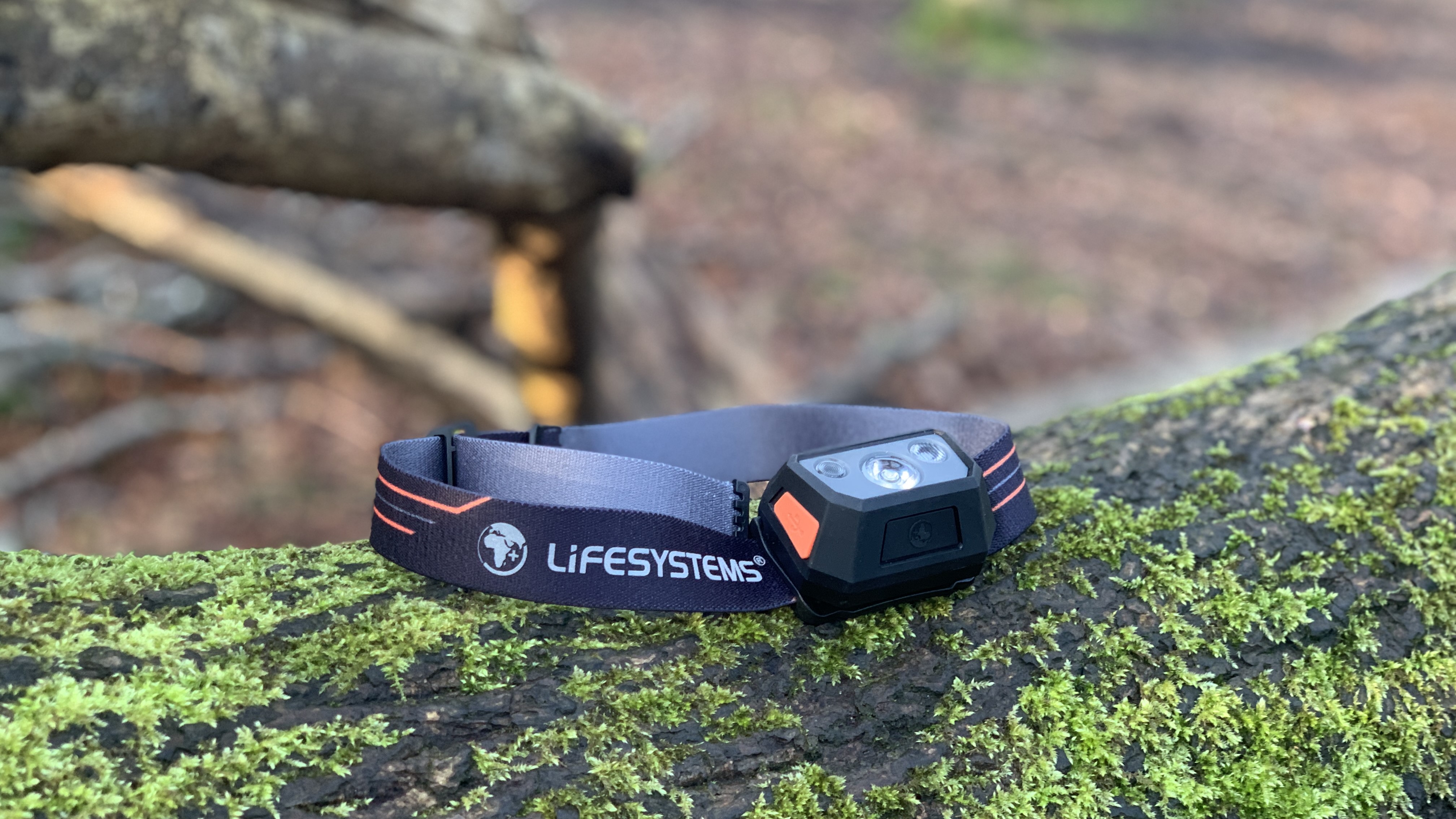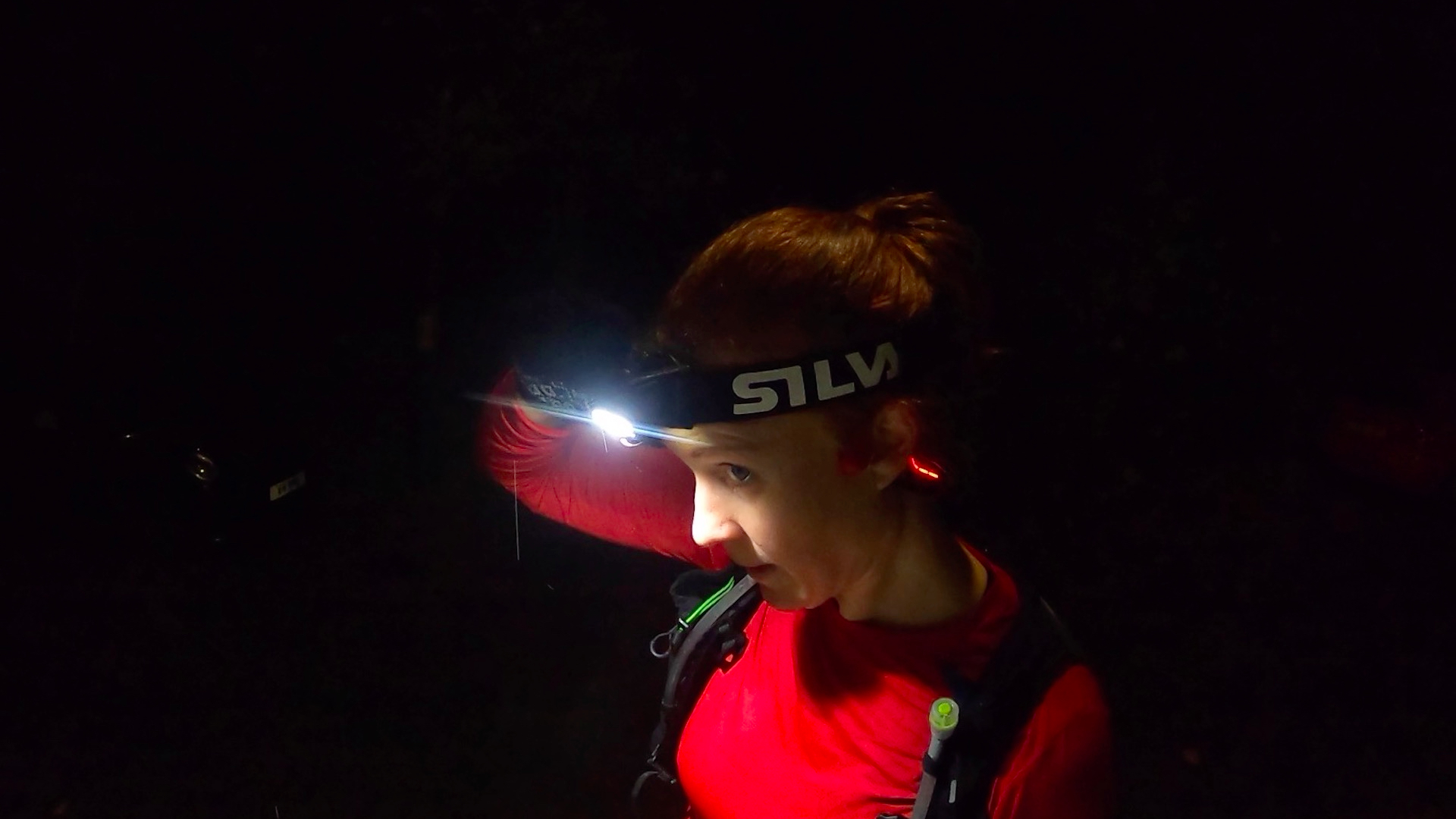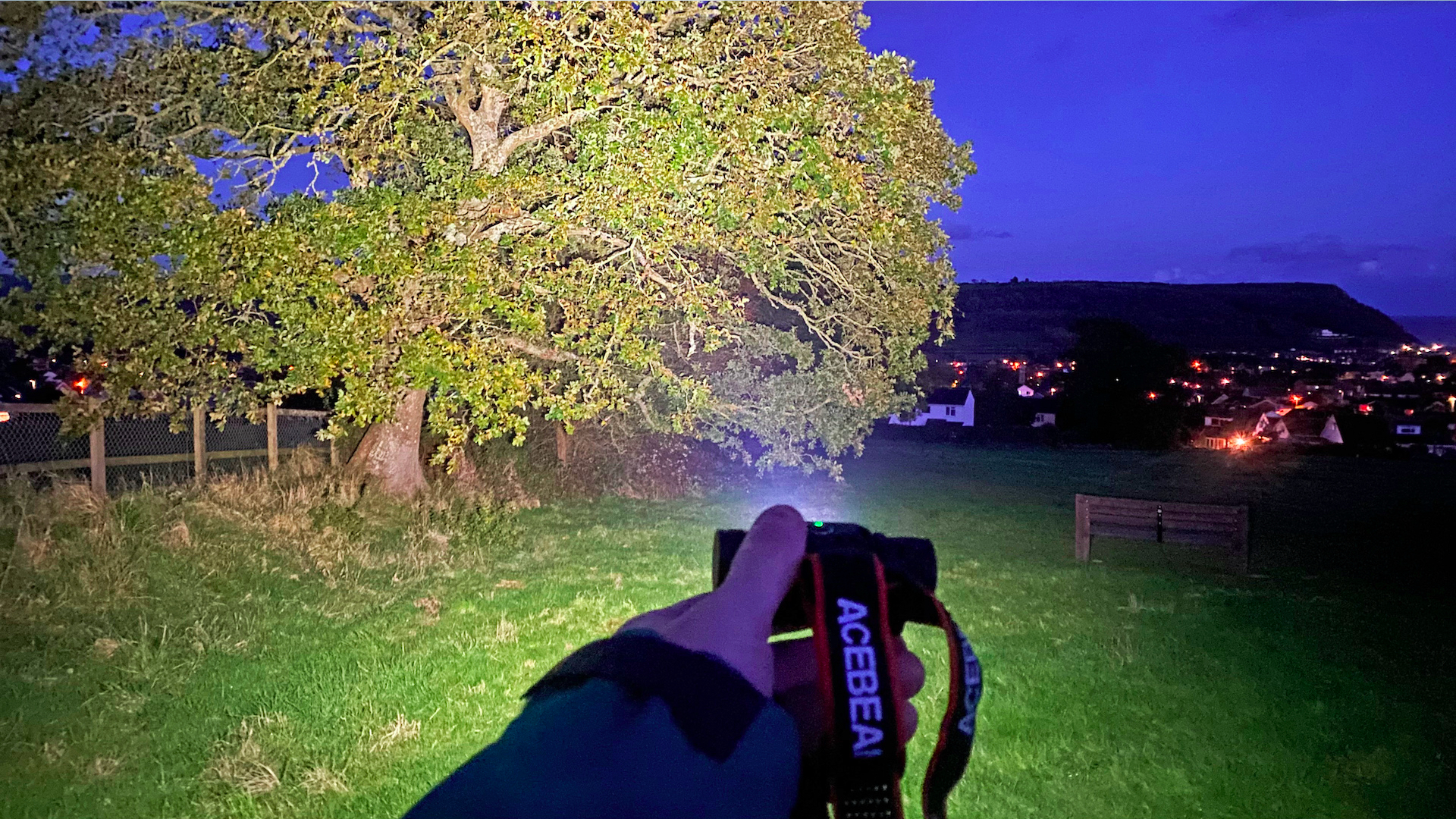
Sometimes, there just aren’t enough hours in the day for all the adventures you want to have, and that’s why you might find yourself hiking, trail running or even pitching your tent in the dark. Fortunately, the outdoors market is teeming with increasingly lightweight and high-powered headlamps for hiking and running these days that make it easy for you to travel or set up camp with both hands free.
If you’re choosing a headlamp for camping, nocturnal hiking and night running, there are some obvious things you’re going to want to consider such as weight, whether it requires batteries or is rechargeable and the price tag. Beyond that though, technical headlamps can have a whole host of other features that might leave you scratching your head.
What’s the difference between lumens and beam distance? How is run time measured? And do you need red light mode? In this article, we help you decode the label on your headlamp and illuminate what it all means, what you need and how to make the best choice.

Beam type
Headlamps will provide either a flood (wide) beam, spot (focused) beam or both. The flood beam is best for general camping tasks and reading in your tent, while switching to spot is great if you want to be able to see farther into the distance and is usually advised for running headlamps or cycling in the dark. A headlamp with both options is obviously the most versatile, but if you know you just want something to aid you on those midnight bathroom breaks when you’re camping, you can probably save money with a flood beam only.
Red light mode
The red light function doesn’t come on every headlamp, but it has some real benefits. First, it helps preserve your night vision so you don’t go blind the second you turn your headlamp off, which means you can better enjoy some stargazing. It also helps prevent you from dazzling your friends and attracting bugs to camp, so you’ll be a more popular camper. Finally, it uses less battery life, so if you do find yourself in an emergency, switch to red light mode and give your eyes a few minutes to adjust while you take a few deep breaths and make a plan.

Lumens
When you’re buying a headlamp for nocturnal adventures, you want to be sure that it’s going to be bright enough that you can see what you’re doing, whether you’re adding a little air to your sleeping pad after dark or you don’t quite make it to the trailhead by sunset and don’t want to turn an ankle on those tree roots.
Brightness in headlamps is quoted in lumens and the higher the lumens, the brighter the beam. Anything above 200 lumens should be fine for those looking for a reliable light source for camping or setting out at night in their best hiking boots, though trail runners and anyone else picking up the pace may want more than 300 lumens.
That said, it’s important to know that the higher the lumens, the quicker your battery will run out (though LED technology has vastly improved this predicament) so your best option is a headlamp with multiple settings so that you can choose a good high lumen level when you really need it, but have several other settings to choose from if you want to preserve battery life.
Beam distance
While lumens tell you how bright a light shines at its source, beam distance gives you an idea of how far your headlamp can project usable light. Beam distance is usually listed in meters. Most standard headlamps have a beam distance of 80 - 100 meters which should be more than enough for camping and hiking, but if you’re planning on doing a lot of night running, you might seek out a model with a longer beam distance, such as the Ledlenser MH8 which illuminates the path up to 200 meters in front of you.

Run time (burn time)
Run time gauges how long your headlamp will produce usable light, but this metric isn’t quite as straightforward as it sounds. The old measurement system listed run time as the point where a headlamp could no longer produce usable light at a beam distance of two meters, but the new system measures run time as the point where the headlamp reaches 10 percent of its original brightness.
Run time also applies only to the maximum output of a headlamp, while lower settings and red light mode will add many hours to your battery life. It’s worth checking the run time of a headlamp before you buy to get a ballpark figure, especially if you’re planning on using it for a nocturnal trek or run, but be aware that they usually last much longer than the run time suggests (though we always recommend carrying backup batteries or a portable charger).
Strobe
Sadly, this function isn’t for having a spontaneous dance party in the woods; rather, the strobe function on many headlamps is a good way to signal for help if you find yourself in an emergency situation. If you’re lost on a mountain, the strobe function can help rescuers locate you and can signal to other hikers that you’re in need of assistance.
Regulated output
Regulated output means that your headlamp won’t slowly dim as the battery runs down, which is great when you’re using it constantly. However, the downside is that it can suddenly go dark on your without warning, so always carry extra batteries.







